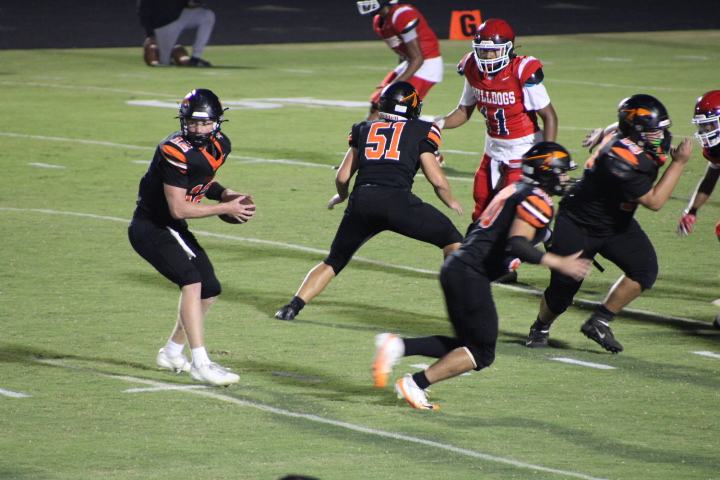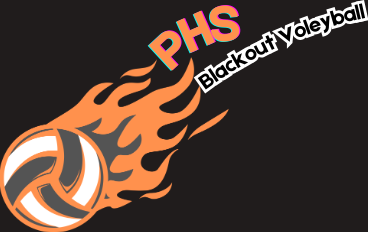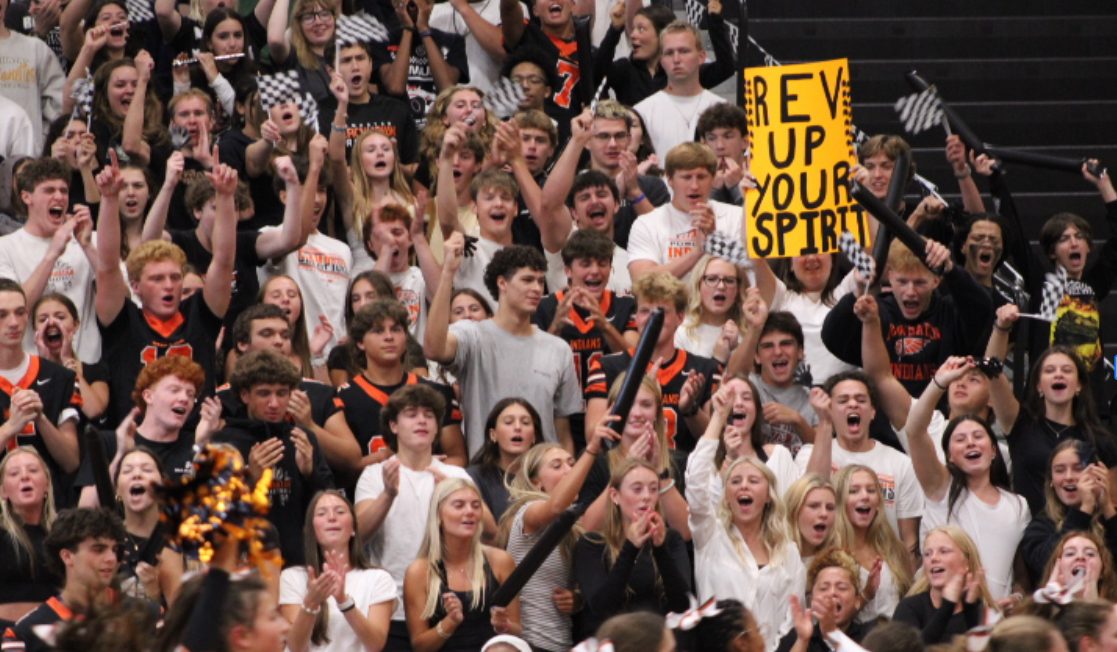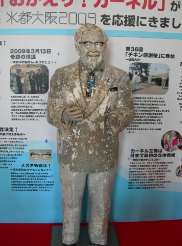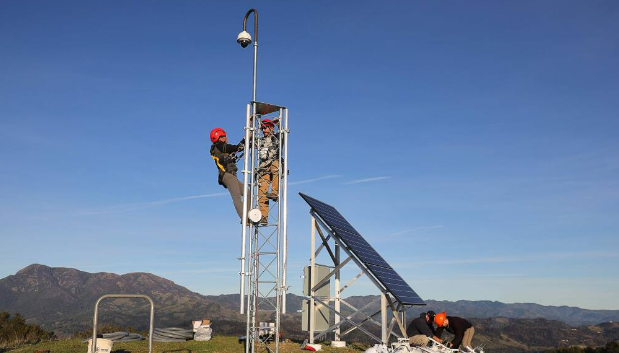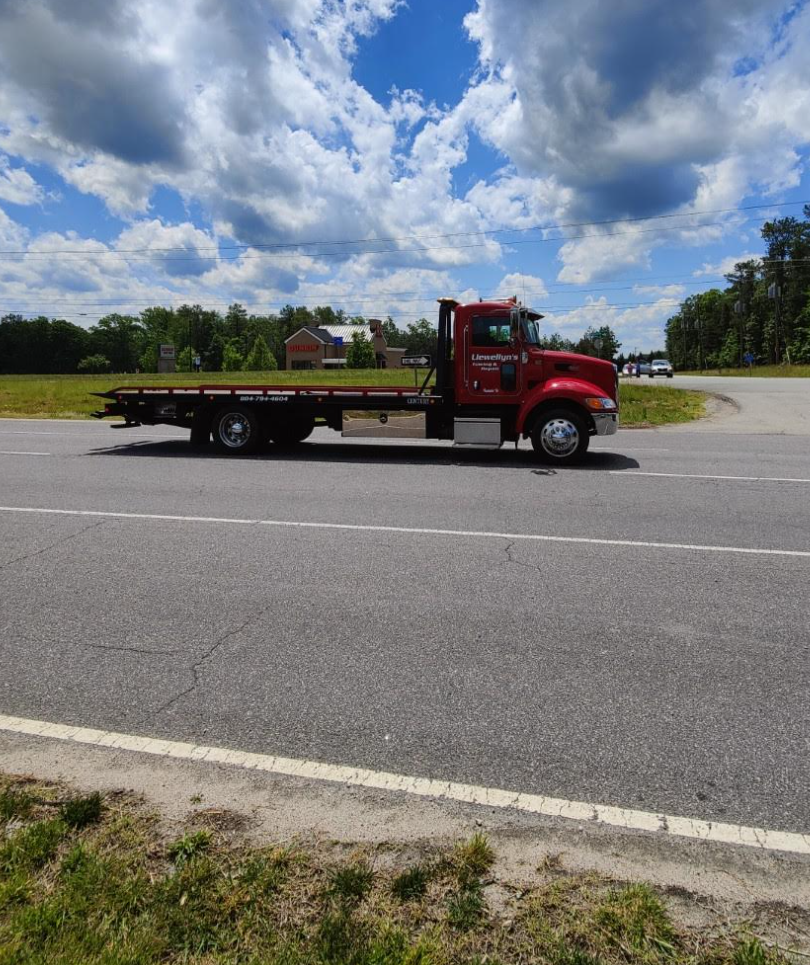AI technology is still improving significantly. A new camera system has been introduced to the main firefighting agency in California to help detect fires before they even start. According to Nasdaq, the University of Nevada, University of San Diego, and the University of Oregon are providing these fire cameras for the agency.
What does this technology do?
This new advanced form of AI is being used to help locate and confirm fire ignition, quickly scale fire resources, monitor fire behavior during containment, and assist in evacuation. They also have the ability to detect the difference between smoke and fog. They can scan and detect images that would be almost impossible to see with the human eye.
Since its first installation, there have been over 1000 cameras installed throughout California. The cameras can detect fires from “across the Southern California Valley” CNN 10 says.
CNN 10 shared this photo that the camera captured. To us, we can’t tell that inside the red box, there was a fire forming, but for AI this was a cause for concern in which it alerted the firestation.
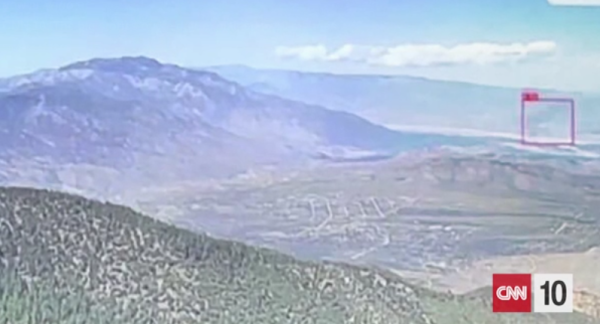
What are the effects of these wildfires?
According to Nasdaq, the number of deaths from January of 2000 to December of 2016 is over 33,500 individuals. The California wildfires alone caused nearly $500 billion in damage.
In total, 1.5 million acres of land have burned. High severity wildfires, fires that destroy 95% of trees, have increased 800%.
Are there cons to this technology?
Like anything, this form of AI has its downfalls. According to Scientific American, the systems will need to see at least 70 real world blazes before it can accurately detect fires. AI is also required to learn the “vocabulary” of the Sonoma County terrain to be able to differentiate between clouds and smoke, for example, one camera in Sonoma County detected smoke which ended up just being vapor from a nearby geyser.
These cameras aren’t just being used in California. Versions of this technology are being used in Australia, Mexico, and Brazil.











